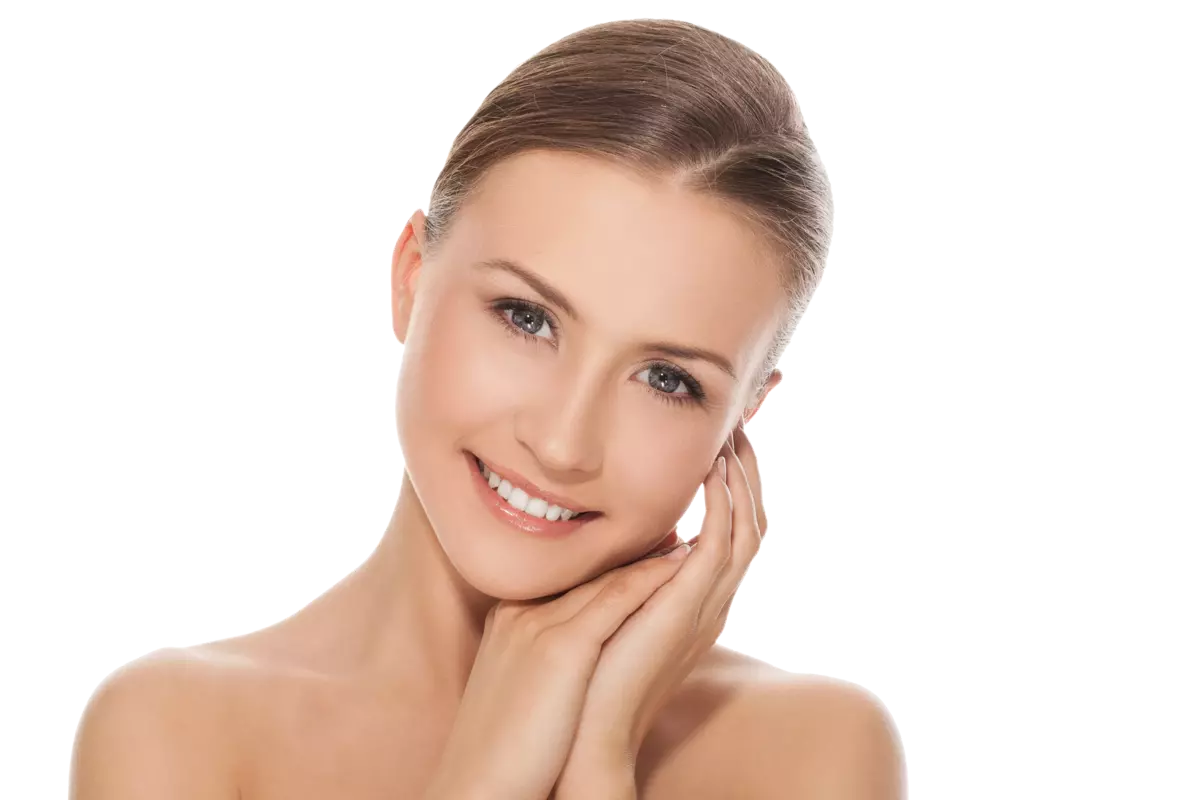Microdermabrasion vs. cavitation peeling – comparison. What are the advantages and disadvantages of microdermabrasion compared to cavitation peeling?
Microdermabrasion vs. Cavitation Peeling – Effects and What to Expect?
Microdermabrasion and cavitation peeling are two popular cosmetic treatments used to exfoliate dead skin cells, improve skin texture, and stimulate collagen production. Each method has unique characteristics, making it more suitable for specific cases. Below is a detailed comparison of the benefits and drawbacks of both techniques, including their effects, applications, and limitations.
Cavitation Peeling
Advantages:
- Gentle Action
Cavitation peeling uses ultrasound waves to exfoliate dead skin cells, making it a very gentle and safe procedure, even for sensitive, vascular, or acne-prone skin. - No Irritation
Due to its mild nature, the treatment does not cause redness or swelling, allowing you to return to daily activities without a recovery period. - Versatility
It can be used on all skin types, including skin with broken capillaries, dry skin, or active acne. - Additional Benefits
Ultrasound waves stimulate microcirculation, improving oxygenation of the skin, enhancing the absorption of active ingredients from cosmetics, and providing a refreshing effect. - Painless
The procedure is completely painless and pleasant, making it ideal for individuals with a low pain threshold.
Drawbacks:
- Surface-Level Action
Cavitation peeling works only on the superficial layers of the skin, which may be insufficient for addressing deeper pigmentation, acne scars, or blackheads. - Less Effective for Oily Skin
For individuals with thick, oily skin, the treatment may not provide dramatic results in terms of cleansing and reducing imperfections.
Microdermabrasion
Advantages:
- Deeper Action
Microdermabrasion involves mechanical exfoliation using microcrystals (corundum microdermabrasion) or diamond tips (diamond microdermabrasion), allowing it to reach deeper skin layers. This makes it effective for:- Deeper pigmentation,Acne scars,Blackheads,Wrinkles and signs of aging.
- Improved Skin Texture
The treatment visibly smooths the skin, reduces pore size, and gives the skin a healthy, radiant appearance. - Stimulates Regeneration
Intensive exfoliation boosts collagen and elastin production, improving skin firmness and elasticity. Regular sessions provide long-term benefits, leaving the skin smooth, firm, and glowing. - Customizable Intensity
A cosmetologist can adjust the depth and intensity of the procedure to suit individual skin needs, enhancing its effectiveness.
Drawbacks:
- Higher Risk of Irritation
Due to its deeper action, microdermabrasion can cause temporary redness, especially in individuals with sensitive skin. Post-treatment, the skin requires more protection from external factors, including sunlight. - Not Suitable for Certain Skin Types
Microdermabrasion is not recommended for vascular, very sensitive, or acne-prone skin with active inflammation, as it can worsen these conditions. - Recovery Period Required
Skin may be more sensitive to UV rays after microdermabrasion, necessitating the use of high SPF sunscreen and avoiding sun exposure. - Cost and Maintenance
Achieving noticeable results may require multiple sessions, increasing the overall cost of the treatment. - More Invasive
Compared to cavitation peeling, microdermabrasion is more invasive, which may be less comfortable for some individuals.
Microdermabrasion vs. Cavitation Peeling – Method Comparison
| Feature | Cavitation Peeling | Microdermabrasion |
|---|---|---|
| Depth of Action | Surface-level | Deeper layers |
| Application | Sensitive, vascular skin | Oily, thicker skin |
| Pain Level | Completely painless | May cause discomfort |
| Effectiveness | Superficial cleansing | Intensive exfoliation |
| Recovery Time | None | May require protection |
| Safety | Very high | Depends on skin type |
Microdermabrasion vs. cavitation peeling – how to choose the right treatment?
Microdermabrasion vs. cavitation peeling – how to choose the optimal option for yourself? What should you follow?
Selecting between cavitation peeling and microdermabrasion should depend on the specific needs of your skin:
- Cavitation Peeling
This is ideal for individuals with sensitive, vascular, or dry skin, as well as those seeking a gentle skin refresh. - Microdermabrasion
This is recommended for individuals with thicker, oily skin, struggling with blackheads, pigmentation, scars, or wrinkles.
Consultation with a Cosmetologist
Before deciding on a treatment, it’s important to consult with a professional cosmetologist who can assess your skin condition and recommend the most suitable method. This ensures maximum benefits and minimizes the risk of complications.
Compendium of knowledge about Microdermabrasion
- For which skin types is diamond microdermabrasion recommended?
- What to pay attention to after performing microdermabrasion?
- How long does the face, neck and cleavage microdermabrasion treatment take?
- What intervals should be kept between subsequent microdermabrasion treatments?
- How long should the series of microdermabrasion treatments be performed to achieve the intended results?
- Can microdermabrasion be performed in the summer on tanned skin?
- Can I do microdermabrasion with cold sores?
- Is diamond microdermabrasion suitable for couperose skin?
- Does microdermabrasion cause skin peeling a few days after the visit?
- What are the advantages and disadvantages of microdermabrasion compared to cavitation peeling?
- What are the advantages and disadvantages of microdermabrasion compared to oxybrasion?
- What are the advantages and disadvantages of microdermabrasion compared to hydrogen cleansing?
- Can microdermabrasion be performed on acne skin?
- How to take care of the skin a few hours after the treatment?
- Is microdermabrasion a popular procedure in beauty salons?
